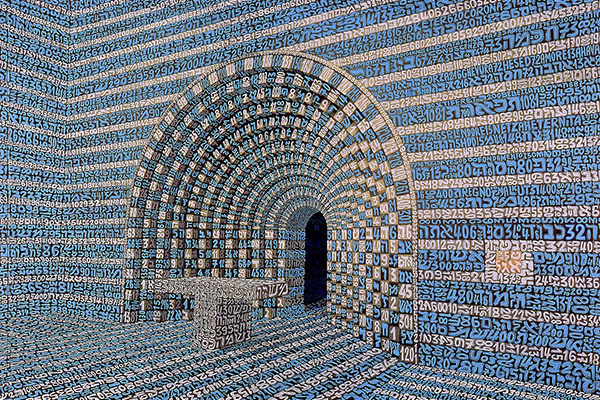Signs and symbols between graphics and mathematics
DOI:
https://doi.org/10.15168/xy.v2i3.64Abstract
Today in the collective imagination, mathematics presents repulsive aspects, but contrary to the past, even fascinating aspects. The latter are almost exclusively attributable to the geometry and range from recent fractal structures to ancient polyhedra which attracted over the centuries a large number of artists, from Leonardo to Dürer and from Escher to Saffaro, with inroads also in higher dimensions as occasionally did Salvador Dalì. No coincidence that Apollinaire claimed that geometry is to the plastic arts what grammar is to the art of the writer. As for the repulsive aspects, the prize belongs no doubt to mathematical symbolism. And yet these symbols repre- sent the grammar for the mathematical art. And actually a lot more, since the great advances in recent centuries have characterized this branch of knowledge they would be totally unthinkable without the aid of a logic, compact and charming symbology. The fascination of this seemin- gly cryptic alphabet resides largely in its history, much more recent than imagined, and in the events that accompanied the popularization, thanks to the frequent inspiration in iconic shapes that make more immediate understanding. This gives rise to these considerations, the parallel between graphic examples and mathematical read with the same method, seen in the continuous alternation between iconic and symbolic languages and the possibility of contaminations, which make iconic elements true symbols.


